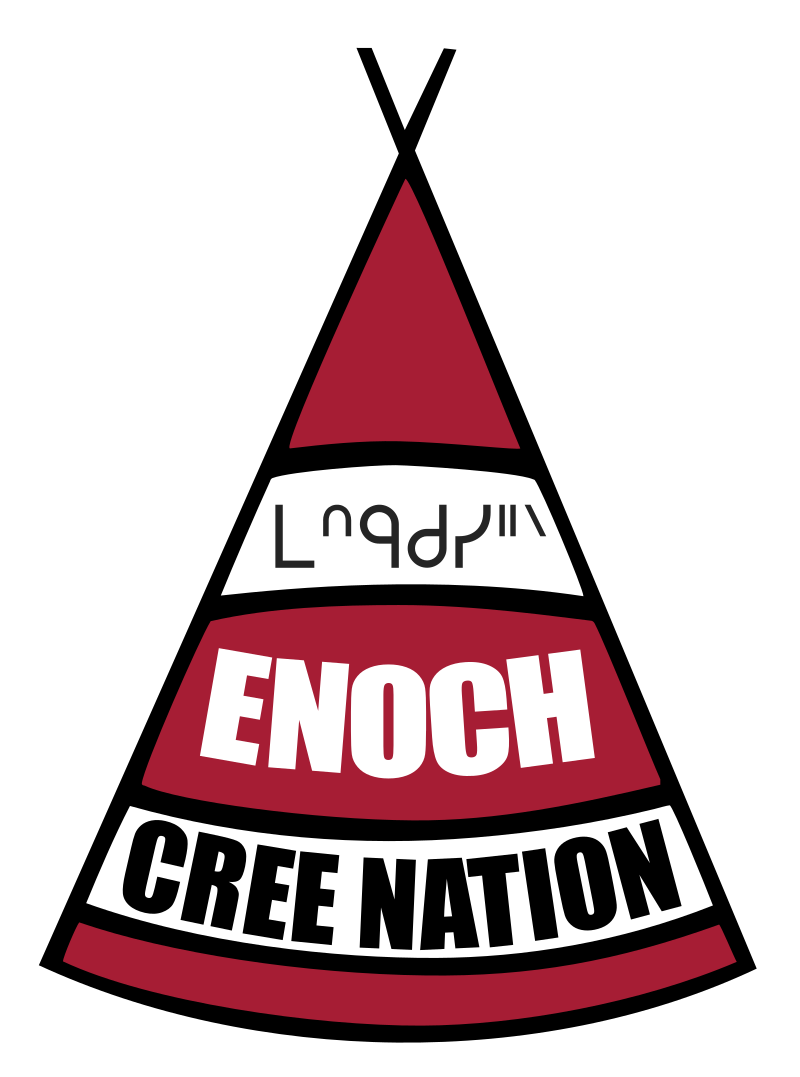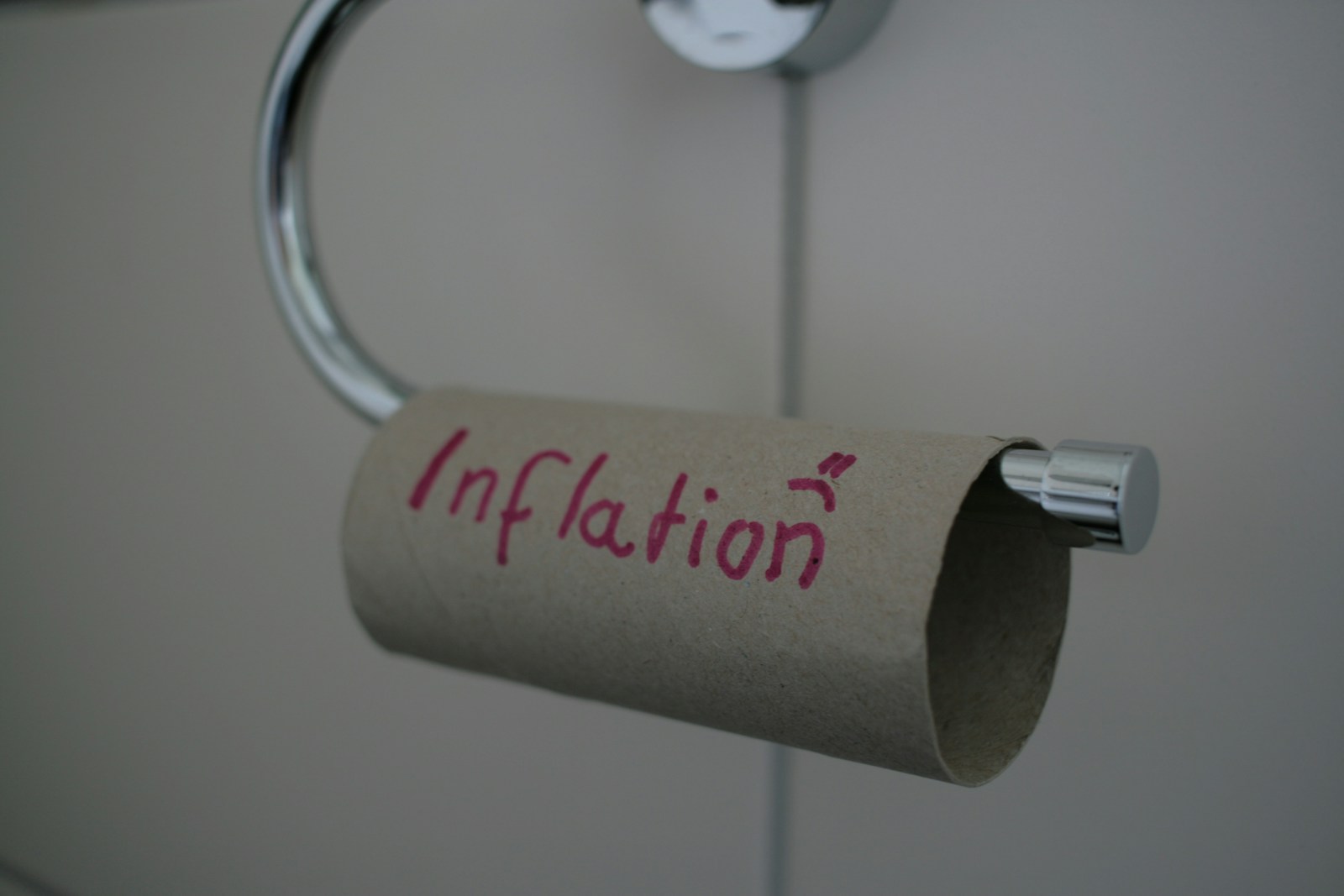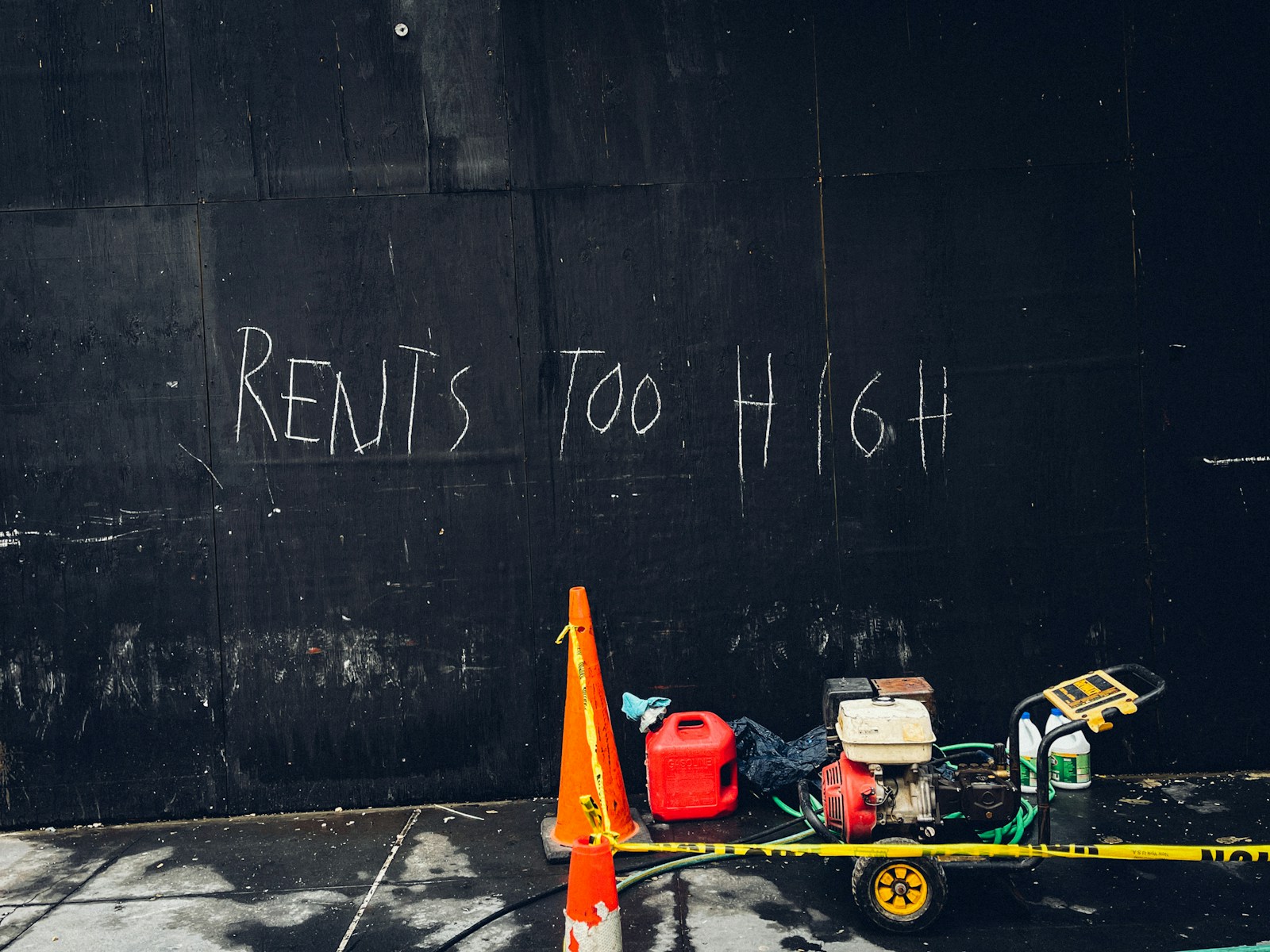Below is your November 2025 market update for the Greater Edmonton Area and the City of Edmonton.
Sales slowed from October, but listings fell even faster and prices remain a few percent higher than last year. Inventory is about one-third higher than November 2024, giving buyers more choice while still sitting in that “leaning-toward-seller” 3–4 months-of-inventory range.
At a Glance — Greater Edmonton Area (November 2025)
Total residential (detached, semi-detached, row/townhouse, apartment condo). RAE News Release - December 202… NOVEMBER_2025_MonthlyStatsBoard
Quick read: sales slowed from October, but listings fell even faster and prices remain a few percent higher than last year. Inventory is about one-third higher than November 2024, giving buyers more choice while still sitting in that “leaning-toward-seller” 3–4 months-of-inventory range. NOVEMBER_2025_MonthlyStatsBoard
At a Glance — City of Edmonton (November 2025)
Zooming in on the City of Edmonton only: NOVEMBER_2025_MonthlyStatsBoard
Edmonton proper is following the same script: fewer sales than October, more listings than last year, and prices that are still up modestly year-over-year.

Segment Breakdown — November 2025
1. Average Prices by Property Type (Greater Edmonton Area)
2. Sales Counts by Property Type (Greater Edmonton Area)
Detached homes still dominate the market, but the gap between single-family and attached/condo product remains much smaller than it was a few years ago.
3. Days on Market by Property Type (Greater Edmonton Area)
(Blue bars on page 3 of the stats board.) NOVEMBER_2025_MonthlyStatsBoard
We’re clearly in “longer than last year, but not extreme” territory—especially for semis and condos, where DOM has stretched the most.

The Bigger Picture: 2025 vs 2024 So Far
CREA’s five-year activity tables are helpful for putting this year in context. NOVEMBER_2025_CREA EDMOstats
Greater Edmonton Area — Year-to-Date (Residential)
Takeaways:
More listings, fewer sales: YTD, we’ve had more new listings than 2024, but slightly fewer completed sales.
Prices are higher: The average residential price year-to-date is up over $25,000 compared to last year, and the median is higher as well.
Market balance is improving: A lower sales-to-new-listings ratio means buyers have a bit more leverage than they did in 2024, even though it’s far from a deep buyer’s market.

What This Means for Buyers
If you’re shopping this winter, November’s numbers are quietly good news:
More choice than last year. Inventory is about one-third higher than last November, and months of inventory sit in the mid-3 range—enough supply to compare options instead of jumping at the first listing that appears. RAE News Release - December 202…
Longer days on market = more negotiation. Semis, townhomes, and condos are spending 10–15 extra days on market compared to last year on average. That usually translates into more flexibility on price, conditions, or possession dates. NOVEMBER_2025_MonthlyStatsBoard
Prices are stable, not spiralling. Average prices did dip slightly from October, but they’re still a couple of percent higher than last year across most segments. That’s a sign of a market cooling seasonally, not collapsing.
And in the background, the Bank of Canada’s overnight rate is now 2.25% after the October cut, which has taken a bit of pressure off variable-rate borrowing and signalled a more stable rate path for 2026. Bank of Canada+1
Buyer tip:
Get pre-approved with a 90–120 day rate hold, then focus your search on homes that have been on the market longer than 30 days or have had a recent price adjustment. In this environment, those listings often represent the best combination of motivation + value.

What This Means for Sellers
For sellers, November’s stats are a reminder that strategy matters more as the market balances out:
Price has to match today’s market. Average and median values are up year-over-year, but buyers are price-sensitive and have more options than they did in 2024. Overpricing, even slightly, can push your DOM well above the average 40–45 days. NOVEMBER_2025_MonthlyStatsBoard
Detached is still the star of the show. Single-family homes hold the highest price point and continue to see the most sales. A well-prepared detached listing in a sought-after neighbourhood can still move quickly—especially if it’s updated, move-in ready, and marketed properly. RAE News Release - December 202…
Attached and condo sellers need a sharper game plan. With higher DOM and more competition, presentation (staging, decluttering, professional photos/video) and smart pricing bands are critical for townhomes and condos in particular.
Seller tip:
Watch the first two weeks on the market like a hawk. If we’re not getting showings or serious interest by then, it’s usually better to adjust strategy quickly than to sit for 60+ days and become “stale inventory.”

Planning a Move in Early 2026?
Putting this all together:
Buyers are walking into a market with more listings, stable prices, and slightly friendlier borrowing costs than earlier in 2025.
Sellers still benefit from relatively low months-of-inventory and year-over-year price gains—but need to be realistic and data-driven on pricing. NOVEMBER_2025_CREA EDMOstats
If your goal is to make a move in the first half of 2026, this winter is a great time to:
Get your financing plan in place.
Have me prepare a hyper-local market evaluation for your specific neighbourhood and property type.
Build a timeline that lines up prep work, listing, purchase, and possession in a low-stress way.

FAQ
Is Edmonton in a buyer’s market yet?
Not at this point. With roughly 3.6 months of inventory across the Greater Edmonton Area and just under 4 months in the city, we’re closer to “balanced with a slight seller tilt” than a true buyer’s market. NOVEMBER_2025_MonthlyStatsBoard
Which segment has the best opportunities right now?
Condos and some row/townhomes offer the most negotiating room, thanks to higher days on market and more active listings relative to demand. Detached homes still see strong interest, especially in family-friendly communities and updated product.
Should I wait until spring to list?
Not necessarily. Serious buyers keep shopping through winter—often with less competition from other listings. If your home photographs well in winter and you’re priced in line with recent sales, you can still achieve a strong result before the traditional spring rush.
Let’s Make a Plan
Whether you’re thinking about buying your first place, trading up, downsizing, or relocating within Edmonton, the right move in this market is a planned move.
If you’d like a breakdown of what these November numbers mean for your street, building, or community, reach out anytime and I’ll put together a custom strategy tailored to your goals.
Call or text 780-232-2064 or email mike@pabianrealty.ca and we’ll map out your plan for 2026.
Sources
REALTORS® Association of Edmonton — November 2025 Residential Statistics & Monthly Market Statistics. NOVEMBER_2025_MonthlyStatsBoard RAE News Release - December 202…
CREA / REALTORS® Association of Edmonton — November 2025 CREA EDMO Stats & Five-Year Residential Activity. NOVEMBER_2025_CREA EDMOstats
Bank of Canada — Policy rate announcement, October 29, 2025 (2.25% overnight rate).

























































